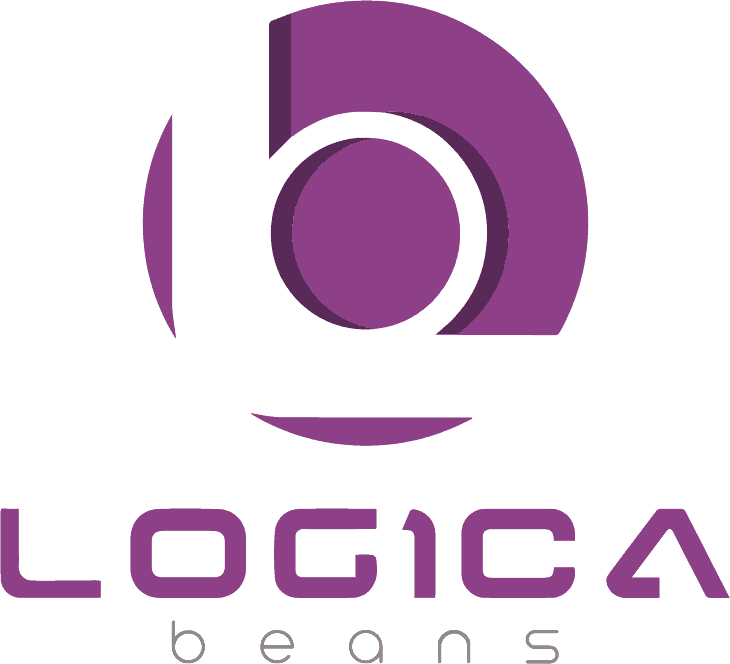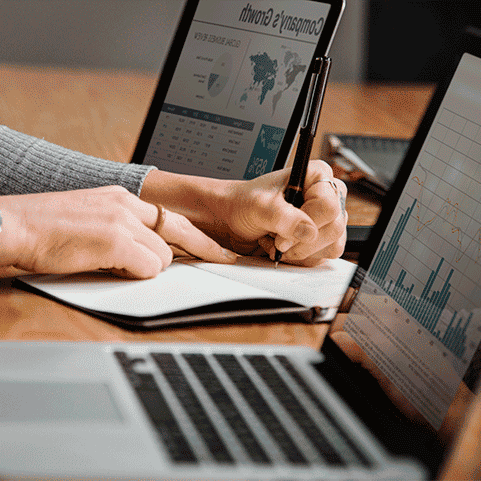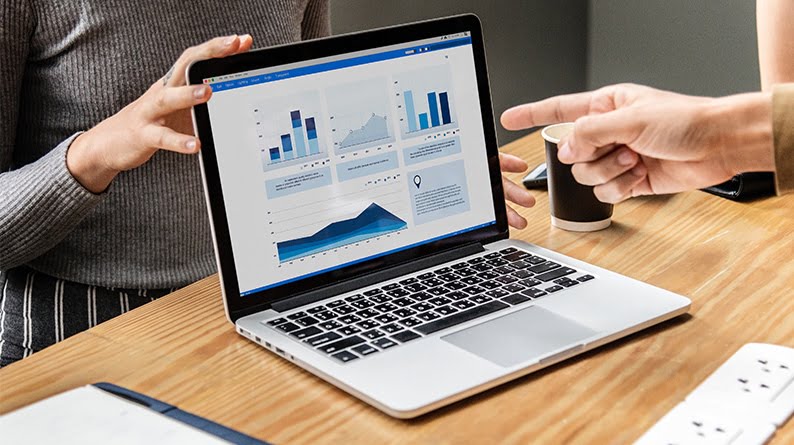
The goal of this project was to develop an application that would allow customers to pay simply with their smartphones. The idea was to create an application that can promote monetary transaction interaction and engagement through the mobile phone any time anywhere.
The client wanted to build a static QR code system where a customer can manually be able to perform payment transactions after scanning the QR code. Therefore, the client wanted a system that makes web-based transactions at any place.

The development of appropriate system security, and developing a system to prevent malware and DDOs attacks were some of the challenges our team faced while developing the QR-based payment system, more of them are listed below:
The major challenge here was the development of a system that can incorporate rapidly emerging interaction technology and respond to it.
QR codes offer serious security vulnerabilities to implement the infrastructure that can prevent from stealing of the credentials, any sort of malicious software that is meant to harm or destroy a computer, server, client, computer network was one of the challenging tasks to deal with.
The other significant problem for a reliable digital payment solution is interoperability. An imbalance in the digital economy's ecosystem could be brought about by the quick rise of multiple PSOs and PSPs and figuring out the technical requirements that can cope with the swift change is a challenge in itself.


To begin the MPM transaction path, a customer must scan the merchant's static or dynamic QR code.
The static or dynamic QR code of the client must be scanned by the merchants as part of the CPM transaction process to start a payment transaction.
QR codes are also used for payments by small businesses that sell a limited selection of goods. Here, the merchant creates both the QR code and the invoice for a specific amount. The QR code is then shown on the smartphone's screen by the user. The consumer must use their mobile wallet application to scan the merchant's generated QR code to complete the transaction.
The ability to make fast payments is one of the main benefits of using QR codes. Relative to other payment methods, using QR codes is incredibly fast. To complete the payment, a user only needs to open the QR code scanner app, scan the QR code, and confirm. The payments are completed in a short amount of time.
Payments made with QR codes are extremely secure. The reason behind this is that a QR code is only a tool used to convey information. Any transmitted data by QR codes are encoded, making the transaction completely secure.
Paying with a QR code is quite simple to set up. There isn't much infrastructure required. All that is needed is a smartphone with a camera and a QR code, which may be printed out or stored electronically. The use of QR codes for transactions also does away with the need for a point-of-sale device or any other specialized equipment.
Due to the zero chance of any form of error, QR code transactions are a secure payment option. The distinctive data in the black box pattern increases the trustworthiness of QR code payments.
E-ticket reservations also utilize QR codes. With only a few clicks on their phone, users of the E-ticket booking application may make reservations for a variety of tickets, including those for buses, flights, trains, cinemas, theme parks, college fee payments, and more. One of the payment methods offered by these apps is QR code payment.
A parking payment system may use QR codes as a form of payment. A mobile application for a parking payment solution enables its user to look for and reserve a parking place. After reserving a parking spot, the user can pay by just scanning the parking garage's QR code.
Street sellers and grocery shops with a limited selection of goods frequently employ QR codes. For each of their products, they only print a QR code with the product's name, price, and description. The user must scan the QR code and authorize payments to purchase any item.
Open the appropriate apps on your phones and the recipients, and then use your app to scan the recipient's particular QR code that appears in their app. You tap to execute the payment after confirming the payment amount.



We developed an app that could enable users to quickly pay with their smartphones. It also enabled phone-to-phone transactions by substituting the paper-based payment system. We created an interoperable network that links 63+ partners, 17+ million registered users, and 900+ thousand merchants in Nepal.
Lal Colony Marga, Kathmandu